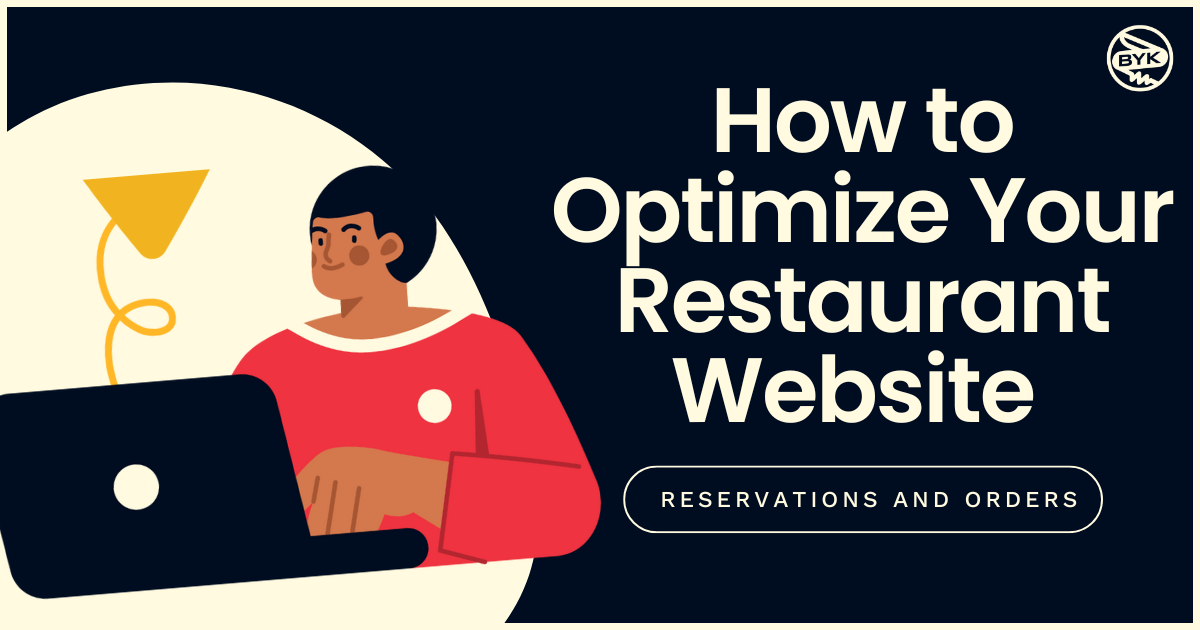There’s a lot of jargon that gets thrown around when it comes to digital marketing. For anyone who is not familiar with the field, it can sound like a whole lot of nonsense with all the abbreviations, acronyms, and specialized terminology. We’re here today to provide a little bit of insight into some of this terminology and the importance it holds in the field.
1. CPM
CPM stands for cost per impression. It is a metric that can tell a marketer how effective their paid advertising is, and how much money they’re spending for each impression their ad makes. This term is used for multiple mediums within marketing. Most commonly, it is a measure associated with television and with targeted digital ads on social media. In both cases, it is the amount of money spent on a campaign divided by the number of times it appeared on a screen. This can help marketers determine whether their ad dollars are being used efficiently
2. Conversions
This is one of the more widely used terms in digital marketing, and can be applicable in a variety of scenarios. A conversion is what occurs when a customer completes a desired action for your business. These actions can be something like completing a contact form, signing up for an email list, or making a purchase.
Conversions, and a conversion rate, are often measured for digital advertisements, when a marketing team wants to know how many people completed a given action after viewing their ad. You can also measure conversions for your website as a whole: out of the entire number of people who have visited your site, you can measure how many conversions there were (the number of people who made a sale, joined your email list, etc.).
3. Lift
The term “lift” in digital marketing refers to a growth or increase in sales. Specifically, it is the increase in sales (or other conversion metrics of interest) attributed to a certain ad or ad campaign. Depending on the situation, lift can be written as a whole number, or as a percentage change.
It is almost impossible to determine lift without running a controlled experiment. If you are able to invest in an experiment, you can then accurately determine the lift in conversions from a specific piece of advertising. Knowing the lift from a campaign is valuable, because you can see what changes in your consumers’ behavior were directly caused by an action you took (an ad you ran).
4. CTR
Another acronym that starts with C, but this one is completely different from CPM. CTR stands for clickthrough rate. Anytime you have a piece of marketing that includes a button or link to another site or page, the clickthrough rate can be a relevant metric. For example, if you sent a marketing email to your subscriber list that showed photos of your offerings and included a button that said “Shop Online Now”, then your clickthrough rate would be the percentage of people who clicked on that button and visited your site.
This can be a great way to measure whether your digital marketing efforts are working, beyond knowing just how many people actually saw your campaign. The clickthrough rate can let you know how many people were actually interested enough in your offerings to make the effort to explore them further.
5. Reach and impressions
Finally, for almost any digital marketing effort you undertake, reach and/or impressions will be relevant and important for you to measure. The reach of an advertisement is the number of distinct people who have seen the ad. Impressions are the total number of times an ad has been viewed. Impressions will usually be higher than reach for all campaigns, because anytime the same person comes across the advertisement twice, that will count two times toward the number of impressions, but only once toward the reach.
Both of these metrics can be very useful to know for your campaigns, albeit in different ways. If you are trying to reach a new audience and put your ad in front of as many people as possible, you will probably focus more on expanding the reach. If you want your ad to bring about meaningful conversions, and do not need to be reaching an expansive, new audience, then impressions will likely be more relevant to your efforts. We hope this quick rundown of some key digital marketing terms has provided you a bit of insight and understanding. The next time you hear these acronyms or terms, you’ll be in the know!




